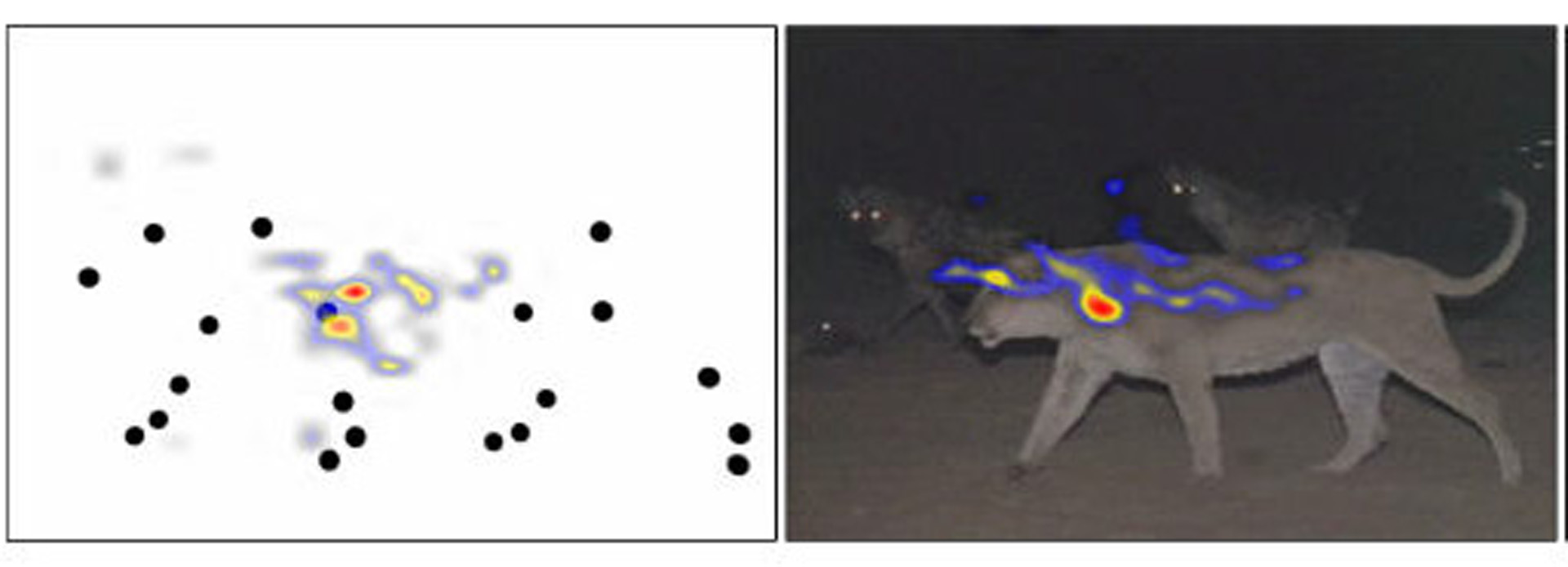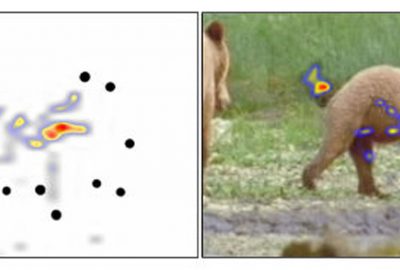“Lions and tigers and bears: investigating cues for expressive creature motion” by McLendon, McNamara, McLaughlin and Dwivedi
Conference:
Type(s):
Title:
- Lions and tigers and bears: investigating cues for expressive creature motion
Presenter(s)/Author(s):
Entry Number: 10
Abstract:
A digital creature’s performance can be thought of as a combination of specifically defined motion and form; a combination that allows the viewer to comprehend the creature’s action and intent. Computer graphics offers a variety of methods for defining motion including key-frame animation, data-driven action, rule-based and physically-based motion. However, all of these methods can be complex and time-consuming to implement. Essentially, most computer animation methods force the animator to think about motion at a low-level of abstraction. To create animation tools that simplify the process of creating expressive motion, we need to allow animators to work at a high-level of abstraction. We need determine the minimal elements of form and motion that visually communicate a maximal amount of information about an actor’s identity or intentions. By attaching small reflective objects to joint pivot locations and recording at high contrast [Johansson 1973] developed a method for isolating motion from form as a collection of particles, now commonly known as a Point-Light Display (PLD). Manipulating this minimized visual information can even affect the perceived gender of PLD walkers. Cutting [1978] found that exaggerating the movement of points representing the hips and shoulders can bias gender recognition. The goal of our study was to investigate whether viewers use similar visual information to recognize expressive characteristics in animal motion PLDs as when viewing full representations and discover how it might be possible to use that visual information to influence the viewer’s perception.
References:
Cutting, J., Proffitt, D., and Kozlowski, L. 1978. A biomechanical invariant for gait perception. J. Experimental Psychology: Human Perception and Performance 4, 3, 357–372.Google ScholarCross Ref
Johansson, G. 1973. Visual perception of biological motion and a model for its analysis. Perception & Psychophysics 14, 2, 201–211.Google Scholar
Mather, G., and West, S. 1993. Recognition of animal locomotion from dynamic point-light displays. Perception 22, 7, 759–766.
Additional Images:
- 2010 Poster: McLendon_Lions and Tigers and Bears: Investigating cues for expressive creature motion







